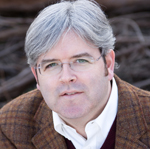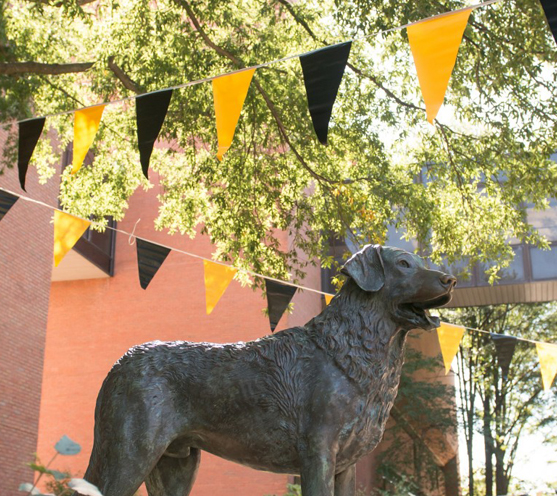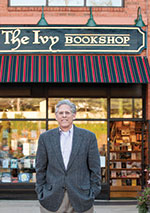 UMBC boasts an amazing faculty, and one of the great pleasures of editing this magazine is getting to know many of them and bring the work they do to a much wider audience of alumni and other university stakeholders.
UMBC boasts an amazing faculty, and one of the great pleasures of editing this magazine is getting to know many of them and bring the work they do to a much wider audience of alumni and other university stakeholders.
In the Winter 2013 issue of UMBC Magazine, the rich diversity of our faculty’s activities in the arts, social sciences, humanities, mathematics and sciences is on full display.
In our “Discovery” section, you can read how UMBC faculty members are working to attract students to the field of psychology, make our lawns cleaner and greener, create new opportunities for composers to publish their work, and examine the dust particles that surround us and affect our weather and our health.
Two of our main features in this issue provide an even deeper look into how the work of UMBC faculty members is enriching not only the university community, but the larger world as well.
Professor of mathematics Manil Suri is a contemporary Renaissance man: pursuing research in his discipline and also gaining critical acclaim (not to mention excellent sales) for his novels about modern India. (A new novel by Suri, The City of Devi, is being published later this spring.) So how exactly does Suri pull off this double act? Mark Athitakis dove into the head of Manil Suri and found a restless intellect that’s not only focused on formulas and fiction, but also pursuing classroom collaborations that bridge the sometimes fearsome conceptual gaps between math and the humanities.
“‘I feel like I’ve got a platform in some sense,” Suri tells Athitakis about the common ground he had found between his dual passions. “Afforded by whatever success I’ve had as an author—people might say, ‘I’ve read a book by him, let me try this.’” Read more…
If Suri is exploring the connections between mathematics and fiction, UMBC professor of history Kate Brown is boldly exploring the historical no man’s land of the Cold War conflict between the United States and the Soviet Union – and finding more common ground than anyone might imagine.
David Glenn talks to the award-winning historian about her latest book, Plutopia: Nuclear Families, Atomic Cities, and the Great Soviet and American Plutonium Disasters (Oxford University Press). It is a tale of two cities: the Soviet nuclear city of Ozersk, and Richland, a city in Washington state that abuts the first major U.S. plutonium facility at Hanford Nuclear Reservation.
One of Brown’s strengths as a historian is a willingness to not only delve into archives, but to get as close as she possibly can to the sites of the history about which she writes. She takes a journalist’s delight in interviewing witnesses and blending in with the landscape she’s describing. Conveying a sense of place in history is essential to combine political, social, and scientific history in powerful ways, she tells Glenn. Read more…
“You can do all of that when you start from a place,” Brown says. “By circumscribing the territory you’re looking at, you can transcend these boundaries that we’ve created in these subfields of history.”
— Richard Byrne ’86
Tags: Winter 2013




